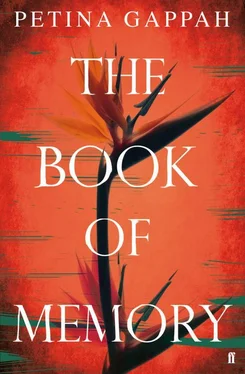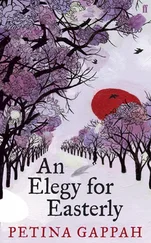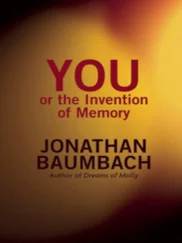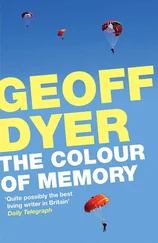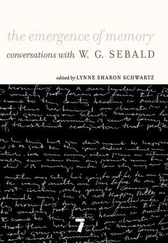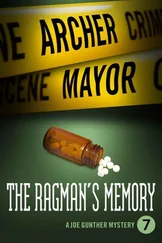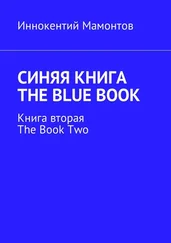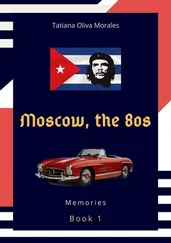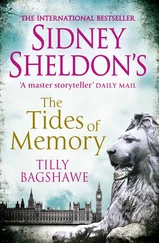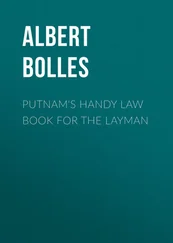The rhyme from the school playground in Mufakose came to my mind: ‘Es-oh-ara-another-ara-no-more-ara-and-then-wayi!’ She looked as if she might know that rhyme. She is one of those students Zimbabwe produces, like my old friend Mercy at the Convent; she probably studied by the light of candles, her English coming to her, as mine did in the first three years, from teachers who had learned it third-hand, the accent undiluted, the ambition strong. She would have gone to a mission school, very likely as a scholarship girl.
And perhaps, like Mercy, she would meet some Pentecostal Christian man, if she hadn’t already, who would have no interest in the sociopathology of the female murderer.
By the time she had recovered enough to stammer through a list of questions that assumed my conviction and guilt were one and the same thing, I had lost interest in Clarice. I gave short, bland answers to her questions, staying only so that I could spend more time looking around the room at all the visitors.
As Clarice talked and I looked about me, I wondered, for the first time, what my life might have been like if I had never met Lloyd.

It was Lloyd who first took me to the National Archives in Borrowdale. In our history classes, the walls of the classroom disappeared and I found myself fully immersed in the lesson of the day. The past came alive vividly before me. Chuma and Susi carrying the body of Livingstone, Gonçalo da Silveira’s lonely death in the Mutapa Empire, Chiang Kai-shek crossing from the mainland, the Mensheviks and the Bolsheviks fighting the October Revolution, Queen Philippa pardoning the men of Calais.
If you ever go to the Archives, you must make your way through the main doors and up the stairs past the main desk. You will find yourself in an atrium that leads to the Beit Gallery. In this space are the symbols of the extraordinary juxtapositions that birthed this country.
There is a strikingly real facsimile copy of the Domesday Book, the result of William the Conqueror’s comprehensive act of administrative control after crossing the English Channel to conquer an England that would eventually sprawl into the empire on which the sun finally set with the independence of this country.
There are large paintings by Thomas Baines, the artist who brought Africa to London as a lush rainforest inhabited by noble natives in neatly folded loincloths. There are two life-size bronzes of the rebels Charwe and Gumboreshumba, better known as the spirit mediums of Nehanda and Kaguvi, the spirits who gave the fight for black independence its moral force. And there are pictures of the ruins in Masvingo, the seat of the ancient empire that gave the country its name.
It was only in the months that I worked at the Archives, after my return to Zimbabwe, that I came to realise this arrangement was purely random.
If you go past this room and into the narrow corridor, you will find yourself in the treasure vault of the Beit Gallery. In here is the mace presented to the Federation of Rhodesia and Nyasaland by the British Parliament. In a glass cabinet, you will find the independence documents, a letter from the Queen of England handing over the country as one would hand over a gift to a friend. There are books and documents and portraits dating back to the seventeenth century, documents that quickened my blood as I studied the Mutapa Empire.
Right at the end of the gallery, in a wooden cabinet with a glass lid, is a worn piece of blue, red and white cloth that was stitched in South Africa by hands that have been lifeless for more than a hundred years. This is the Pioneer flag, the Union Jack that Cecil John Rhodes and his Pioneer Column, Lloyd’s grandfather among them, raised at Fort Salisbury on 13 September 1890.
Sometimes, when I found myself in the Archives, or when Lloyd talked about his family, I thought of my own, undocumented past. The parents that I left behind in Mufakose seemed, like Melchizedek the Priest-King who came leaping in dance to Abraham, to have had no father and mother. We seemed like the Spartoi, the earth-grown men that sprang up, fully formed, from the teeth sown by Cadmus, to be completely unconnected to anyone but ourselves, to have emerged complete into the present, without a history.
There were no old letters, no mementos, no links to any kind of past. Even when we asked them, my parents answered no questions about their past, or any past. It was more than a lack of openness — it seemed an almost active secrecy. I had once asked my mother where my dead brother Gift was buried and she answered by shouting that I should not ask about things I did not understand. ‘Why,’ she continued, ‘are the plates in the sink still unwashed after I told you again and again to wash them?’
She had, in fact, told me no such thing, but I hastily moved over to the kitchen to do as she said.
We had always lived in town, as far as I knew, until my father explained about Joyi’s scar. I did not know that we had ever lived in a rural village until the day Joy looked at her small burned foot and said she wished it looked like the other one. ‘That is a symbol of great love,’ my father said. ‘You should not wish it away.’
We pressed him to tell us what he meant and he laughed and said, ‘She got it because of too much love. It happened when we lived kumusha . You had a little doll.’
‘Did it open and shut its eyes like Promise’s doll?’ asked Joyi.
‘This was when we lived kumusha , at your grandmother’s village. It was not a real doll; it was a cornhusk that you had taken and made a doll of. When your grandmother burned it by mistake, you wailed and ran into the ash to rescue it. We got to you just in time.’
He told us about the white plaster that Joyi had; they had to crack it open at the hospital when it came off.
This was the only time that he had ever mentioned a rural home or a grandmother. Joyi was more interested in her plaster, but I pressed him on the grandmother. ‘Where is she? Where is this rural home?’
Who was the grandmother, was she old, where was she now, was she dead, when would she come to see us, would she bring us peanuts and matohwe and watermelons, like Whizi’s grandmother that time, or just horrible stinky old mufushwa, like Princess’s granny?
He only laughed, and said, ‘Why don’t we go for our walk?’
In the excitement of anticipating sweets and treats, I stopped asking questions.
As I have said, it was only when I heard the neighbours talking at the wake when Mobhi died that I thought at all about what it meant that we had no relatives. MaiWhizi asked what had happened to all our relatives, why we were burying Mobhi alone, like we were ‘born locations’, meaning people born in the townships, people without roots; it was only then that I began to wonder why no one ever came to see us.
There was that scar, though, Joyi’s burn scar. It was a hard fact that I could hold on to. It connected us to another life, to a grandmother, to a rural home, at least. Joyi, rarely aggressive, lashed out at me when she heard me tell the plaster story to Lavinia at breaktime. Only, in my retelling, the plaster had been on me and not on Joyi. She came charging at me and I found myself flat on my back as she pummelled me. And though I hit back, I knew she was justified in punishing me because I had claimed as my own something that was hers.
Perhaps more knowledge would have come in time and I would have found out more about the grandmother and the rural home and how my parents met and about the children they were, about their parents and where they had lived. All this may have been told to me one day, passed down like oral tradition.
Читать дальше
